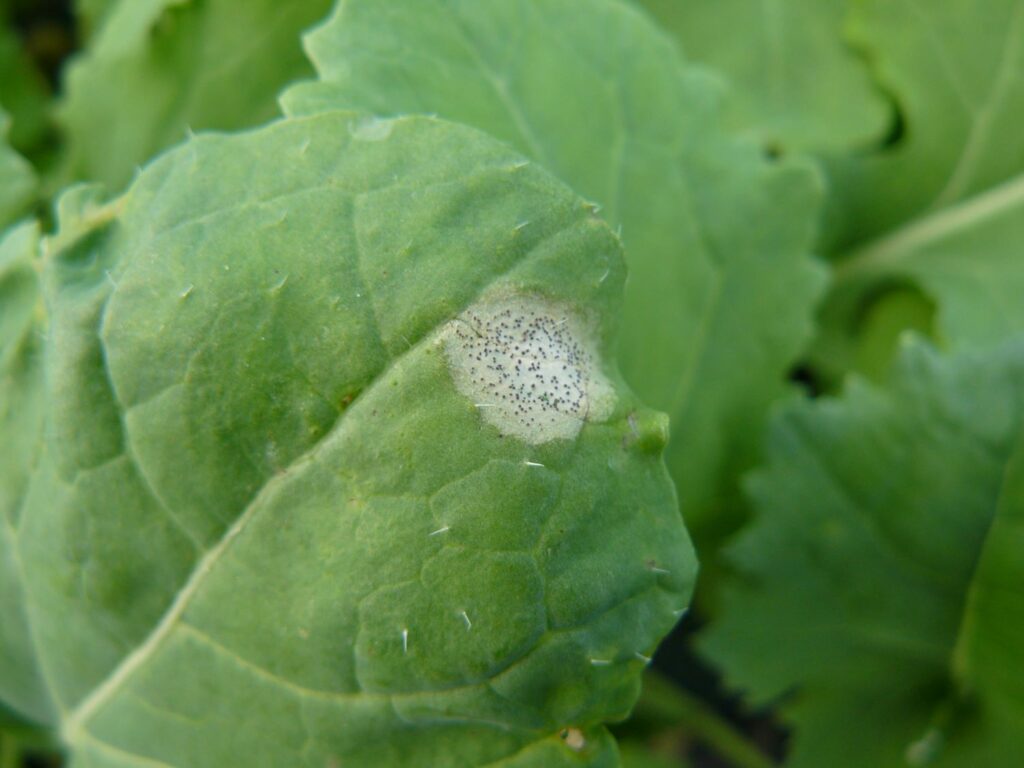Farmers urged to be vigilant as early sown OSR reaches phoma thresholds
10th October 2022
With OSR drilled in early August already reaching phoma thresholds, farmers should be vigilant and monitor their crops for the first signs of the disease, said ADAS plant pathologist Philip Walker.
Mr Walker warned that the warm and wet autumn weather seen across many regions of the UK creates the perfect conditions for phoma to take hold.
“Typically, 20 days with rain is sufficient to cause spore release from stubbles, and this will be reached in many areas soon. Also, the early autumn weather has been reasonably warm, which favours disease development as it requires around 120-degree days for leaf spotting to appear following initial infection,” he explained.
ADAS monitoring data has shown that many regions were close to the 20-day rain event threshold by the end of September, with North Yorkshire being the closest with 18 rain days. The company monitors rain events at their regional centres across the UK, providing the farming industry with valuable information and advice.
According to Mr Walker, small OSR plants that haven’t established well are at the greatest risk for phoma. He says these crops may benefit from fungicide treatment at 10% of the plants being infected rather than delaying treatment until 20% show leaf spotting.
“The disease spreads from the lesion, through the leaf and leaf petiole, then into the stem, forming cankers which can result in yield loss. Once the disease has reached the stem it is beyond the reach of fungicides, hence why monitoring for leaf spotting thresholds and timing of application is important,” he added.
Farmers wanting to further their OSR monitoring can take advantage of the free Bayer/ADAS SpotCheck service that operated from October to spring 2023. For the seventh year running, growers have the opportunity to send in leaves to test for phoma, light leaf spot (LLS) and powdery and downy mildew infection.
Project lead Richard Williams said the service is useful in ruling out OSR disease threats, particularly where LLS is concerned. “LLS can be a very tricky disease to see in a field. It is often patchy and the ‘salt grain’ spots hard to see, especially when leaf surfaces are wet,” he noted.
Since timing is key and the effectiveness of fungicides can be limited, Mr Williams considers SpotCheck a valuable tool to help with disease control decisions. “Aviator (prothioconazole + bixafen) is the most effective fungicide option, but even this will not fully eradicate established disease,” he pointed out.
To access the free service, farmers are advised to contact their nearest Bayer commercial technical manager.

